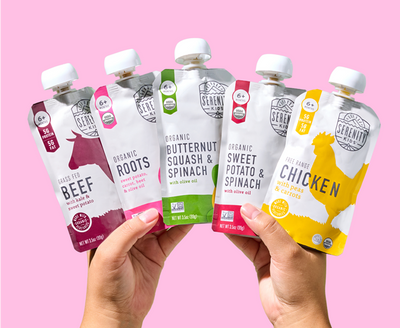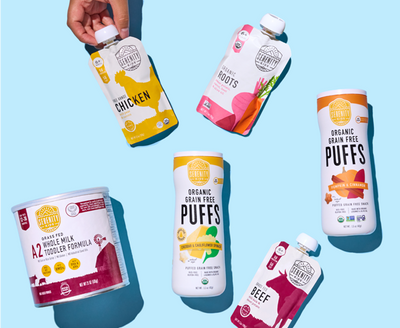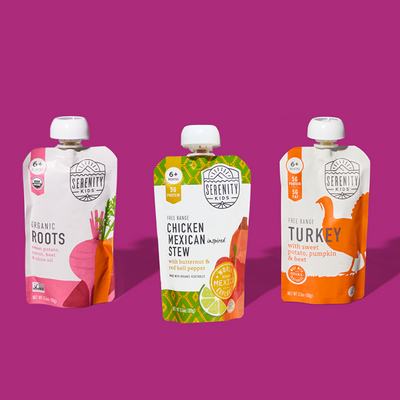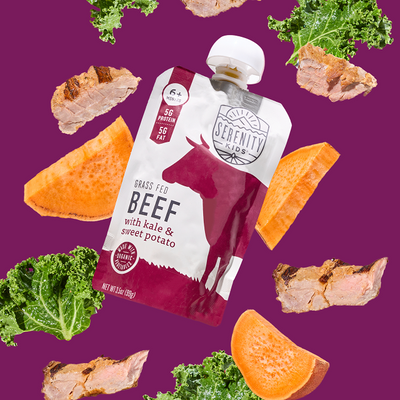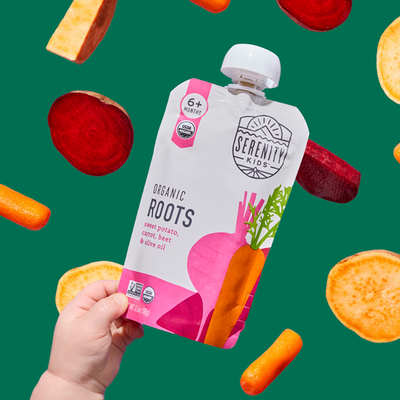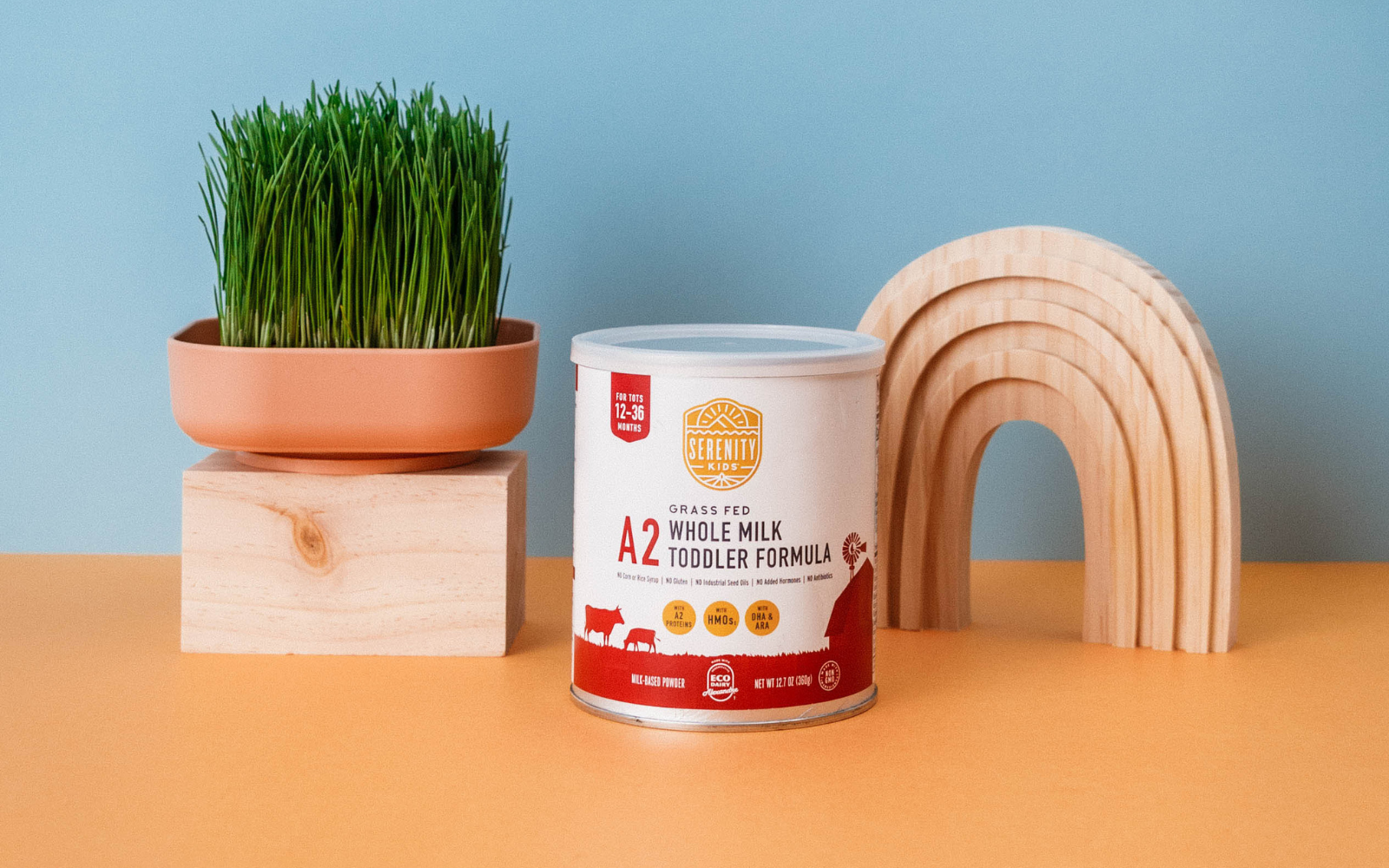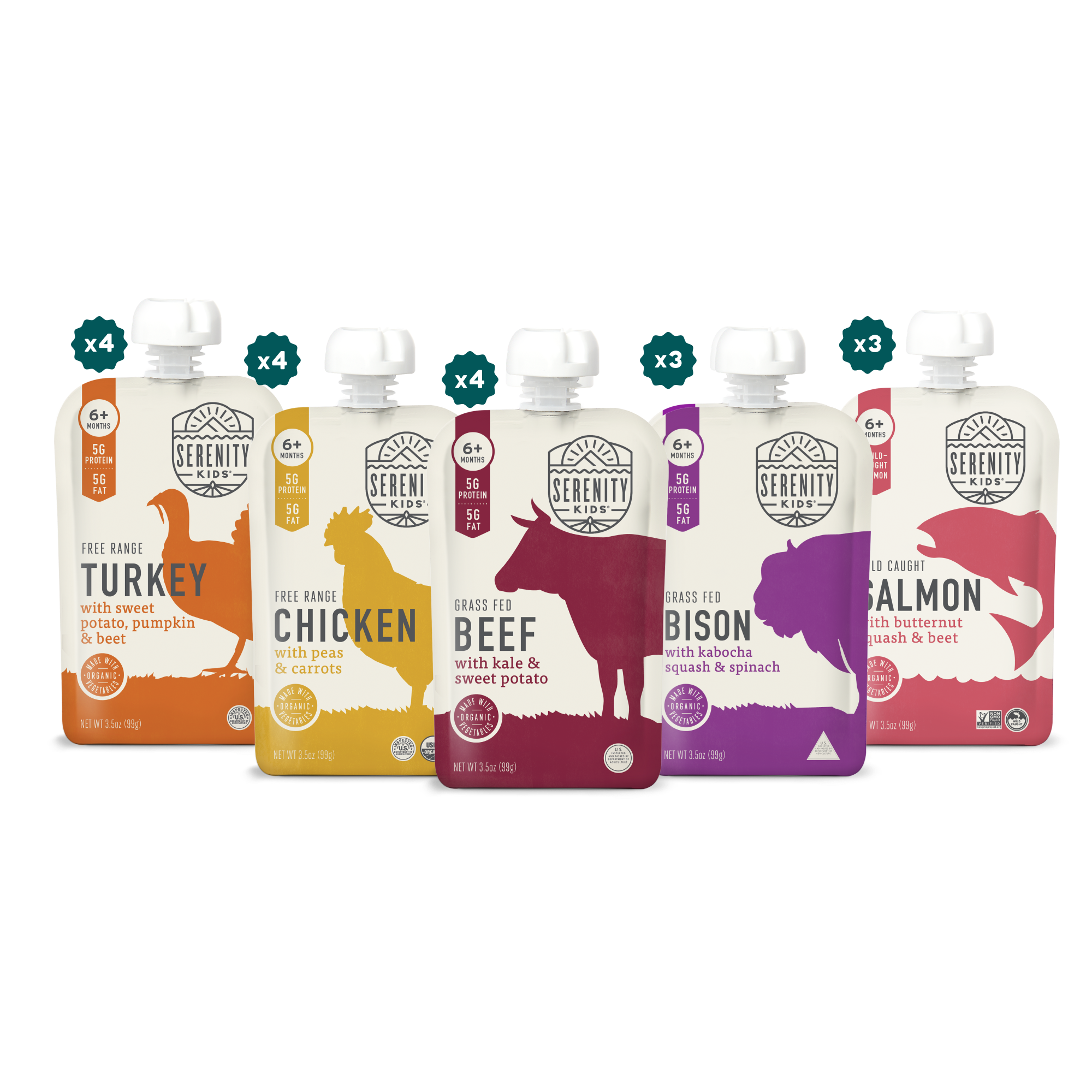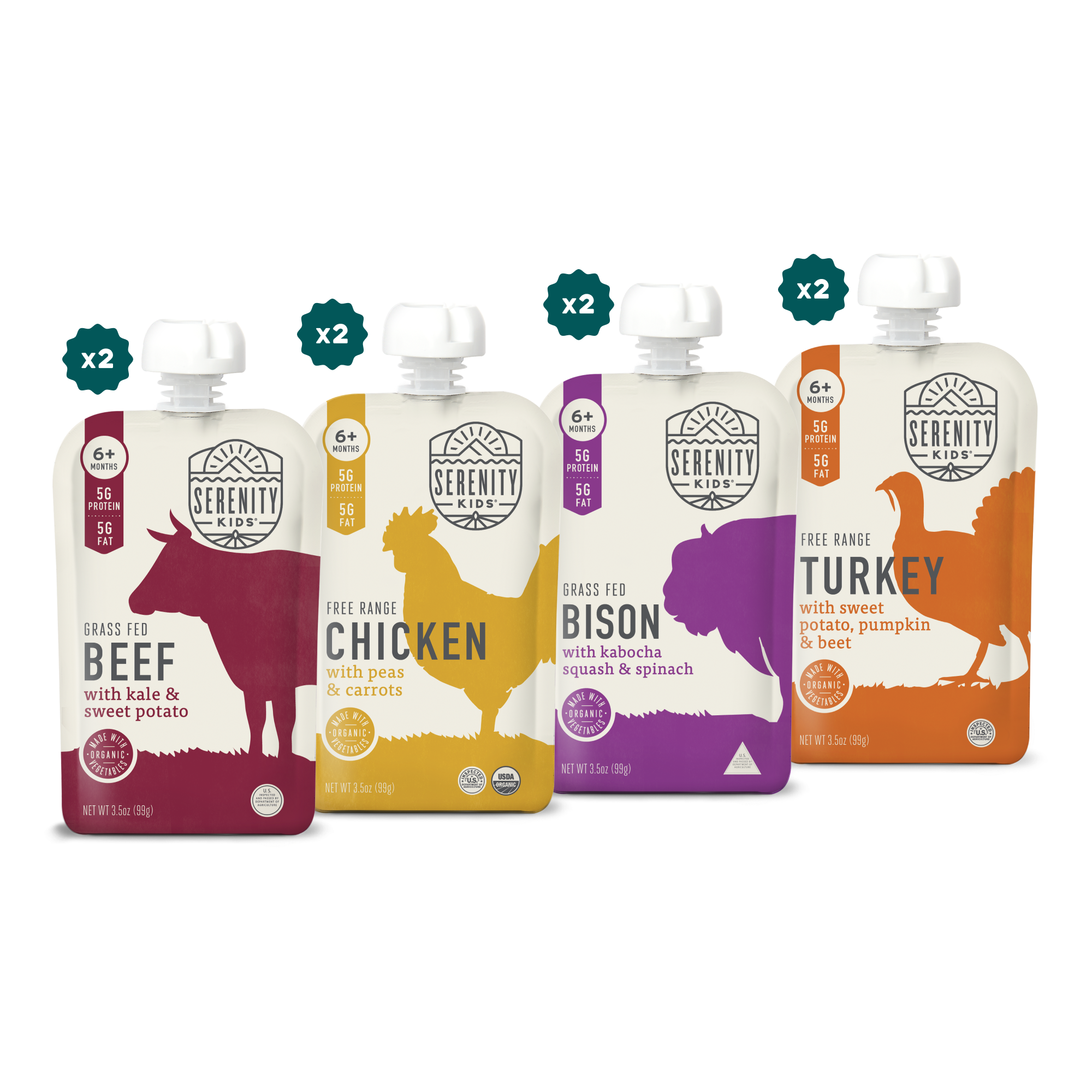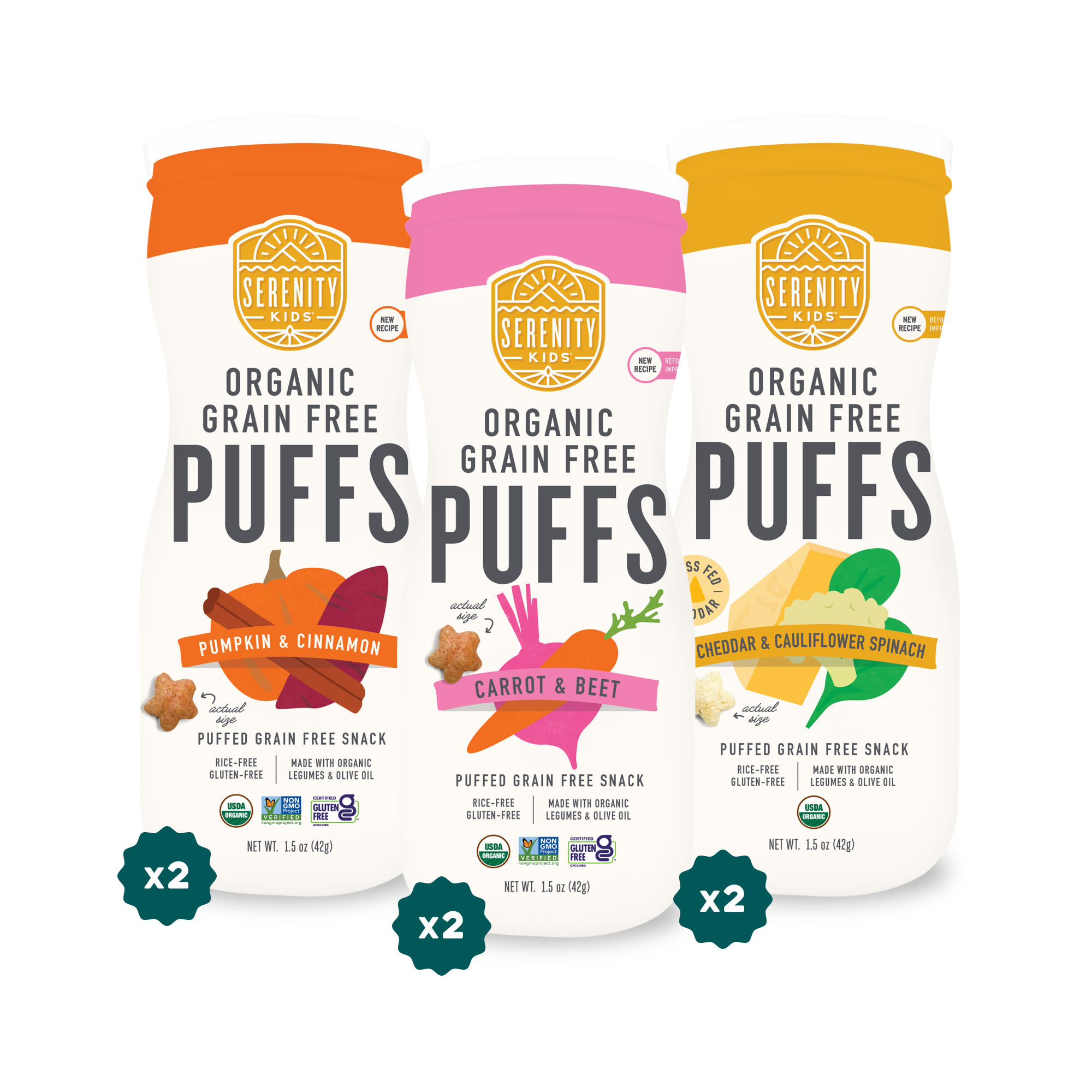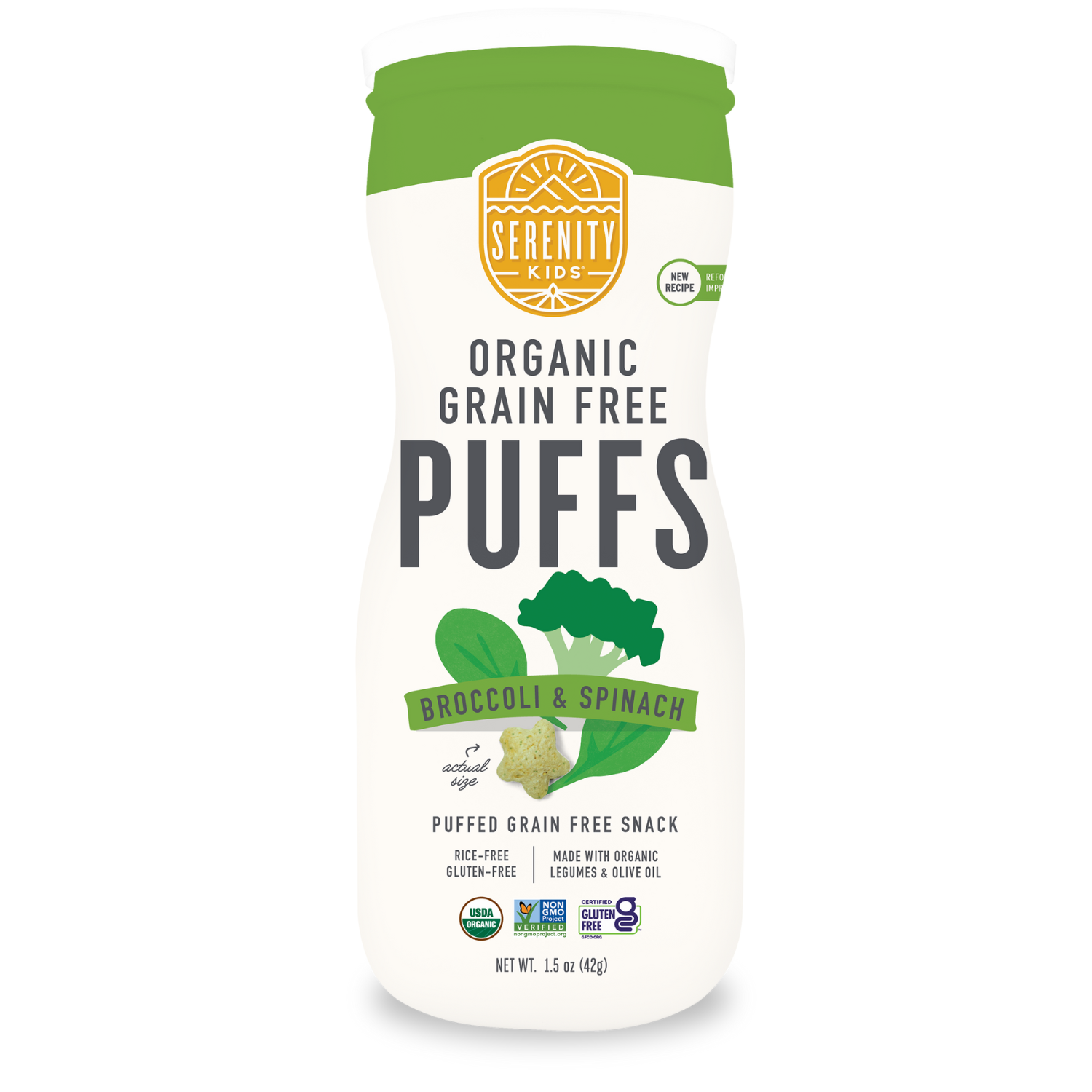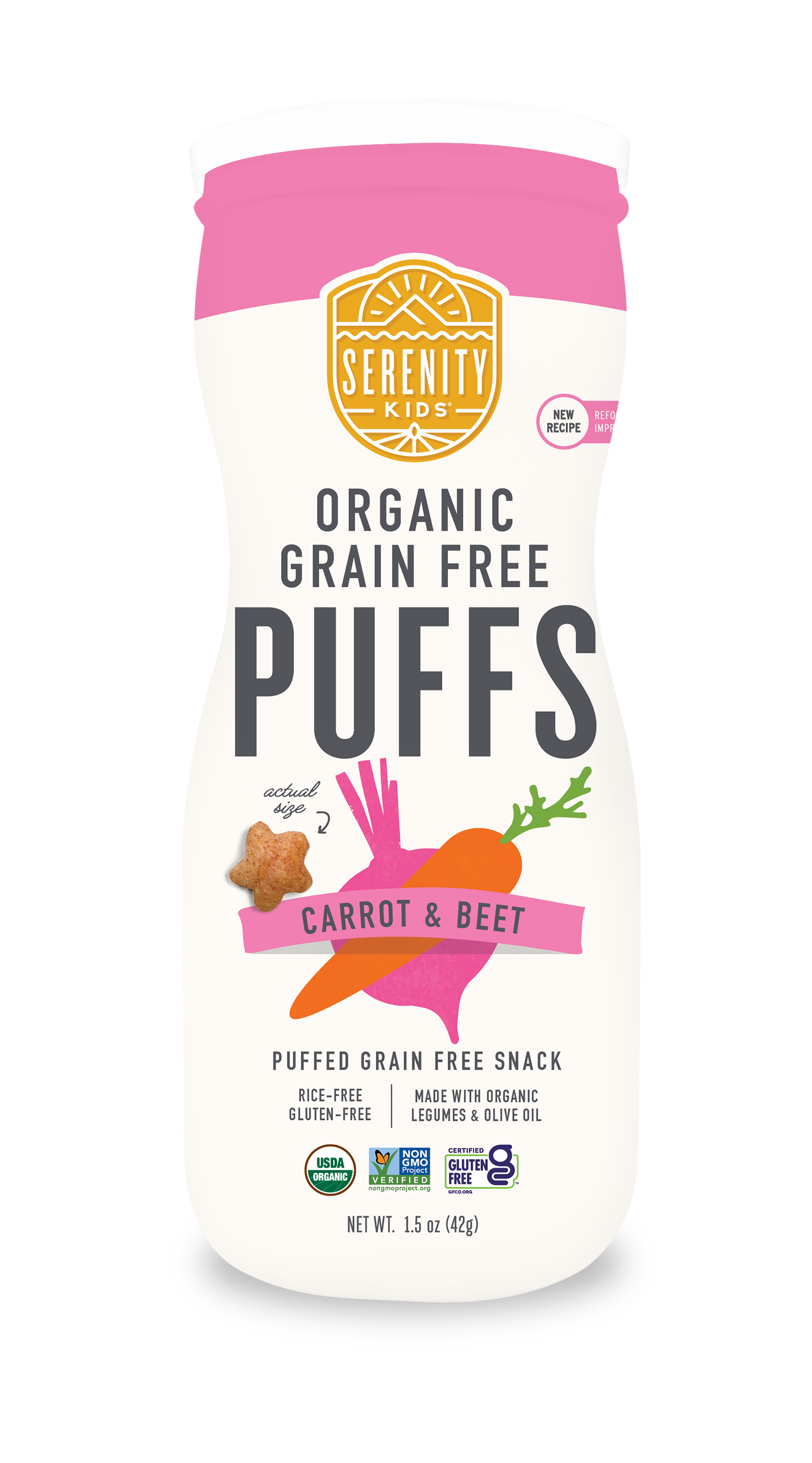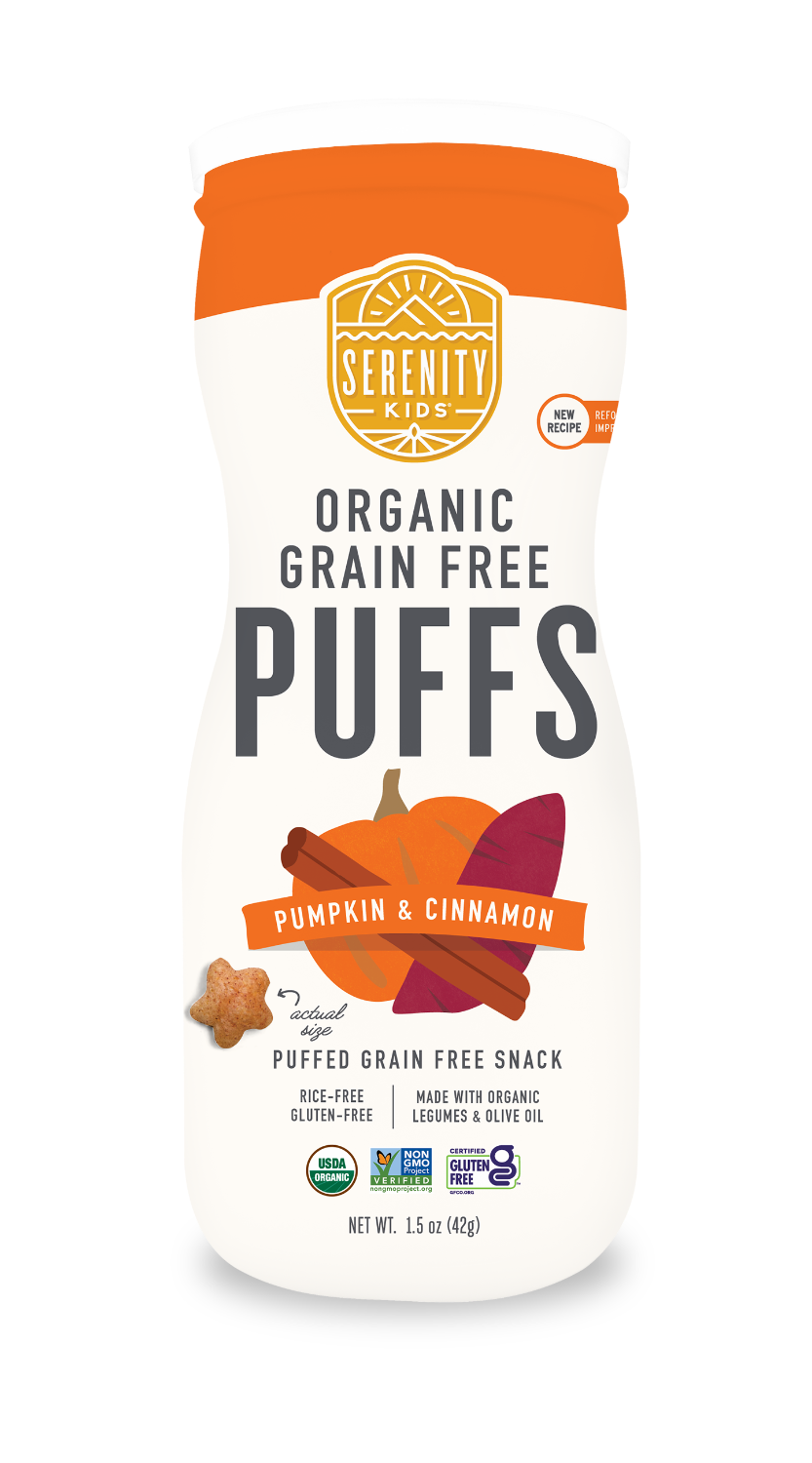There were a lot of decisions to make when developing a toddler formula we could wholeheartedly call optimal.
“I decided to create a formula because I had a difficult breastfeeding journey and had trouble finding one I really liked. Being the total nerd I am, I buried myself in research to determine what ingredients would make one nutritionally balanced and optimal for growing little ones,” says Serenity Carr, Co-Founder, and CEO of Serenity Kids, “One big decision was what type of milk to use as a base for the formula.”
After extensive research around the needs of young children, like nutrition and digestion, led us to A2 milk. Not familiar? Here’s the full scoop. We’re going to get super “sciencey” here, so stick with us...
What is A2 Milk?
You might be thinking, isn’t cow’s milk just cow’s milk? Maybe you seek out options like organic or grass-fed, but when it comes to the protein, you might have thought it was all the same.
Actually, that’s not the case. While one type of milk dominates grocery shelves in our modern-day, the reality is that there are two types of cow’s milk protein and they are actually quite different in how our bodies digest them. Let’s get into the differences (and a little history lesson).
Traditionally, all cow’s milk contained the same primary protein as human milk: A2/A2 beta-casein. However, over time, there was a genetic mutation in cows in European dairy herds and an A1 beta-casein variation resulted in cows with two types of proteins – A1 and A2.
The A1 and A2 refer to different forms of beta-casein, a part of the curds (i.e., milk solids) that make up about 30% of the protein content in milk.
For a cow to produce true A2 milk, the cow must have two copies of the A2 gene in its DNA. Each animal receives one copy of the beta-casein gene from its sire (father) and one copy from its dam (mother). This is why you’ll sometimes see A2 milk referred to as A2/A2, which serves to indicate that the cow has been genetically tested to confirm it has two copies of the A2 gene.
The differences
Unfortunately, the “newer” A1 beta-casein can be difficult for humans to digest and is linked to a number of health issues. A little science explains why.
Proteins, including milk proteins, are made of chains of amino acids. The difference between The A1 and A2 variants of beta-casein differ at amino acid position 67. In A1 beta-casein protein, histidine (CAT) is in position 67. In A2 beta casein, proline (CCT) is in position 67. This difference is the only change that results from the genetic variation (also known as a single nucleotide polymorphism or SNP) in A1 vs. A2 cows.
While it is a single difference, it leads to a key change in the secondary structure of how the protein is expressed. Digestion of the A1 variant of beta-casein in raw or processed milk leads to the generation of a bioactive peptide, beta casomorphin 7 (BCM7).
The concern with BCM7
Research suggests that BCM7 is associated as a risk factor for human health hazards. It is linked to Type 1 diabetes and is also known to oxidize low density lipoproteins (also known as LDL cholesterol). Oxidation of LDL is believed to be a primary contributor to the dangerous formation of arterial plaque, a precursor to heart disease.
BCM7 can also affect numerous opioid receptors in the nervous, endocrine and immune system, which can influence a number of conditions, including atopic dermatitis in children. In addition, BCM7 interacts with opioid and serotonin receptors, the known modulators of synaptogenesis (the process during which synapse formation between neurons occurs in early brain development that plays a vital role in learning, memory formation, and adaptation). Therefore, some research suggests that chronic exposure to elevated levels of bovine BCM7 as in A1 cow’s milk may impair early child development.

Why We Chose A2 Milk
Based on our understanding of the differences between A1 and A2 milk, and the potential risks associated with A1 milk as described above, A2 milk clearly came out ahead. But what else about A2 milk made it our top choice to use when formulating the optimal toddler formula?
1. Similarity to Breastmilk
A2 beta-casein is the same protein that exists naturally in human breast milk. This means that A2 milk is more structurally comparable to the beta-casein protein in human breast milk, and therefore often an easier transition to cow’s milk for babies who were breastfed.
In other words, A2 beta-casein protein is the most natural type of milk protein to the human body. It is the kind of milk our bodies are wired to digest. This doesn’t mean that everybody will be able to digest it, but a broader portion of the population will be able to tolerate A2 milk than A1 milk.
For reference, most other non-cow milk, including sheep, goat, donkey, camel, yak, buffalo, and others, contain primarily A2 beta-casein proteins. The A2 milk in our toddler formula contains 100% A2/A2 beta-casein protein.
2. Digestion
Several studies, as well as observational data, suggest that the protein in A2 milk is easier to digest than in A1 milk. This difference in structure between A1 and A2 milk can help minimize food reactivity symptoms like bloating, gas, indigestion, and skin irritation. This is of particular relevance for toddlers, who tend to have digestion that is less mature and may tolerate A1 protein less readily.
One double-blind, randomized cross-over study showed that participants consuming A1 beta-casein type cows’ milk experienced statistically significantly higher Bristol stool values (which indicate less desirable softer and looser stools) compared with those receiving A2 beta-casein milk. Additionally, the study found a statistically significant positive association between abdominal pain and stool consistency when participants consumed the A1 but not the A2 milk.
Another study compared the effects of milk containing only A2 beta-casein versus milk containing both A1 and A2 beta-casein proteins on gastrointestinal physiology, symptoms of discomfort, and cognitive behavior of people with self-reported intolerance to traditional cows’ milk. It found that consumption of milk containing A1 β-casein was associated with increased gastrointestinal inflammation, worsening of post-dairy digestive symptoms, delayed transit, and decreased cognitive processing speed and accuracy. It also found that elimination of A1 β-casein reduced these effects, and therefore concluded that some symptoms of lactose intolerance may stem from inflammation it triggers, which could be avoided by consuming milk containing only the A2 type of beta-casein.
In addition, a recent randomized controlled trial compared the impact of cow’s milk beta-casein variants on digestive comfort in females self-reporting dairy intolerance. It found that in lactose-intolerant individuals, lactose malabsorption and digestive comfort with lactose-containing milk was improved with milk containing exclusively A2 beta-casein.
Infographic: https://alexandrefamilyfarm.com/what-is-a2-a2/
3. Taste
A2 whole milk tastes like the slightly sweet and creamy milk that most people are used to.
While many families try goat’s milk for its digestibility, it has an undeniably distinct taste. For many people, especially little ones, the unique and earthy taste of goat’s milk is off-putting.
A2 milk is the best of both worlds in that it has easier digestibility with a familiar and palatable flavor.
4. Other Vitamin Content
As compared to goat’s milk, cow’s milk (and in particular, grass-fed regenerative organic A2 milk) contains other important nutrients for toddler growth and development, including vitamin B12 and folate. Calcium content is comparable.

Why We Chose A2 Milk from Alexandre Family Farm
We source our pure A2/A2 milk from Alexandre Family Farm. Here’s why:
1. Regenerative Farming
Alexandre Family Farm was the First Certified Regenerative organic dairy farm in the US. They are certified by both the Savory Institute and the Regenerative Organic Alliance.
What does regenerative mean? In short, it means that their farming practices go beyond sustainability to actually improve the biology of their soil and the ecosystem, sequester carbon and help reverse climate change.
Regenerative dairy includes milk and milk products that come from cows feasting on pastures that are nurtured to ensure high nutrient density year after year. The soil is quite literally continuously regenerated through rotational grazing, composting, and no-till farming. Regenerative farming moves carbon out of the atmosphere and back into the Earth’s soil by increasing soil microbial growth, which grows the green plants that use the carbon dioxide and pulls it out of the atmosphere. The cycle of green grass-grown and grazed is what helps reduce the atmospheric carbon load and helps reverse climate change. Soil, pasture, and animals are cared for with the long-term impact on the Earth in mind.
2. Commitment to Animal Health
Alexandre Family Farm proudly carries the Eco-Dairy seal. This seal memorializes their commitments to animal feeding and health practices, animal genetics, holistic regenerative farming, and sustainability practices. You can learn more about their farm and the seal here.
3. Better Fats
The regenerative organic milk from Alexandre Farm is higher in healthy fats than other A2 milk on the market. This is because Alexandre Farm is the only regenerative organic farm producing A2 milk in the United States, and the difference in how cows are raised directly translates into the nutrient quality of their milk.
Regenerative organic cows graze in the pasture all 12 months of the year. This is in contrast to organic dairy cows which are only required to forage on grass for at least 4 months of the year. The Alexandre Farm is situated on the northern California coast and has green grass year-round, which allows the cows to absorb all the dense nutrients from more than 40 types of organic plants!
Grazing on grasses and other green plants (like grass silage, or fermented pasture) as nature intended is what provides cows with what they need to form healthy fats that end up in their milk. The regenerative organic cows at Alexandre Family Farm produce milk with significant health benefits.
Their milk is higher in conjugated linoleic acid (CLA) and omega 3 fats. CLA has been linked to a lower risk of various diseases, including type 2 diabetes and heart disease. Research has shown that the CLA content is 500% higher in beef and dairy from grass-fed cows than grain-fed cows. Omega 3 fats reduce inflammation and are required for brain health and development. Cows that are 100% grass-fed like those at Alexandre also have lower amounts of inflammatory omega 6 fats in their milk. As we’ve discussed, a healthy ratio of omega-6 to omega-3 fats is key to managing inflammation and a wide range of other health complications. Milk from grass-fed cows has a ratio of 1:1 and milk from conventional cows has a ratio of more than 5:1.
Conclusion
Our extensive research around the benefits of various dairy products and how they meet the needs and tastes of discerning toddlers and their health-conscious parents led us to confidently choose A2/A2 milk from Alexandre Family Farm. We find it fits perfectly at the intersection of taste, nutrition, and sustainability and we can’t wait for you to try it!
This article was written in collaboration with Hillary Bennetts
Hillary Bennetts is a nutritionist and business consultant focusing on health for mamas and babies through the prenatal, postpartum, and infant/toddler stages. In addition to nutrition consulting, she provides business consulting and content creation for companies in the health and wellness industry. Hillary spent almost a decade in corporate consulting before shifting gears to combine her lifelong passion for health and wellness with her business background and nutrition education.
Hillary holds a Bachelors in Economics from Washington and Jefferson College, an MBA from Emory University’s Goizueta Business School, and is certified as a Holistic Nutritionist through Bauman College. She lives in Colorado with her husband and toddler son, with another baby boy on the way in September 2021.
RESOURCES
1. https://www.nature.com/articles/nutd201716
2. https://pubmed.ncbi.nlm.nih.gov/12957678/
3. https://www.sciencedirect.com/science/article/abs/pii/S0196978114002897
4. https://www.sciencedirect.com/science/article/abs/pii/S0196978114000795
5. https://www.ncbi.nlm.nih.gov/pmc/articles/PMC4586534/
6. https://www.ncbi.nlm.nih.gov/pmc/articles/PMC4818854/
7. https://pubmed.ncbi.nlm.nih.gov/31773165/
8. https://academic.oup.com/ajcn/article/96/1/175/4571423
9. https://academic.oup.com/ajcn/article/92/1/34/4597390
10. https://www.journalofdairyscience.org/article/S0022-0302(99)75458-5/pdf
11. https://extension.umn.edu/pasture-based-dairy/grass-fed-cows-produce-healthier-milk

